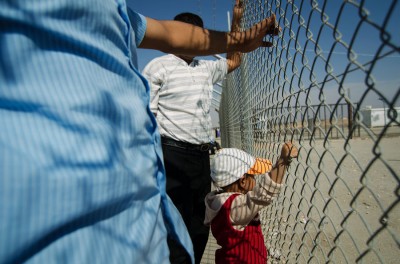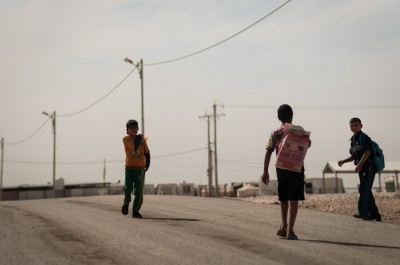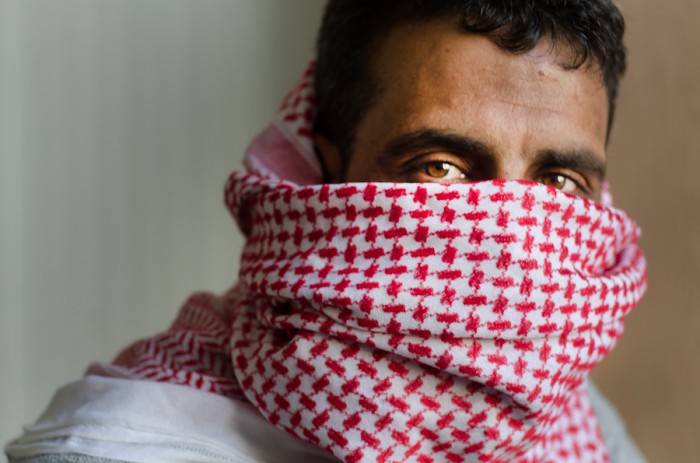
In the corner of his metal shelter in Jordan’s Zaatari Refugee Camp, Hamdan’s daughter plays with a discarded cigarette butt as he recounts glory tales from his time in the Free Syrian Army (FSA).
Hamdan is a lean man in his 30’s with graying hair and a chipped-tooth grin. His eyes are shaded by a boyish baseball cap and his words punctuated by his wife, who clicks her tongue in gentle jest at his dramatic depictions.
These are some of his last days in Zaatari.
Almost two years have passed since he left the ranks of the FSA and fled with his family to neighboring Jordan. Now he’s leaving them behind to rejoin the fight against Syrian President Bashar al-Assad.
Once he crosses the border back into Syria, Hamdan may not be able return to Zaatari again to rejoin his family. Jordanian authorities often turn single men away because of security concerns.
“I’ll take pictures of my family in case I don’t return. Maybe I’ll die there, I don’t know.”
Is he worried he won’t be let back in?
He runs a hand along the scruff on his wide jawline and shakes his head. He’s not expecting to come back.
“I will take pictures of my family so I can see them, in case I don’t return,” he says plainly. “Maybe I’ll die there, I don’t know. But at least I’ll have my pictures.”
Manal, an interpreter and refugee herself says Hamdan isn’t alone. He’s crossing back into Syria with a group of about 50 men from Zaatari, and similar groups are organizing all over the camp.
While attacks by the Islamic State (ISIS) rock large parts of Syria, and government strikes pummel civilians and rebel forces across the country, young men like Hamdan are still pouring back across the border to join a wide range of opposition groups, from Western-backed rebel brigades like the FSA to al-Qaeda’s Syrian affiliate, Nusra Front.
UNHCR, the UN refugee agency, says around 130 people board buses out of Zaatari to return to Syria daily, and that flow hasn’t slowed since the U.S.-led airstrike campaign began targeting Nusra and ISIS positions in September.
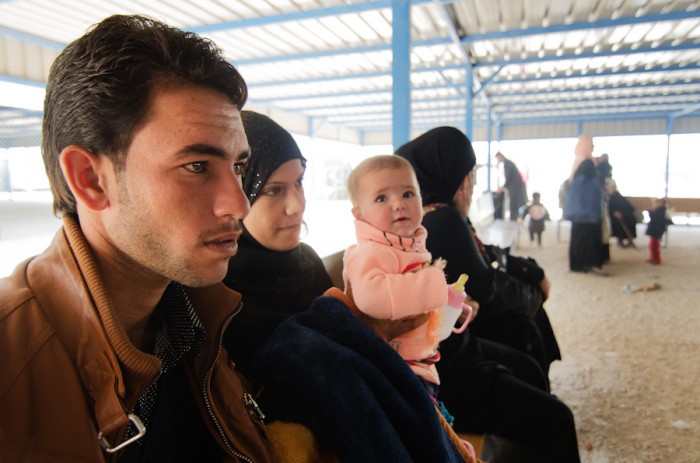
For 36-year-old Hamdan, who didn’t want his real name to be revealed for fear of repercussions once he’s back in Syria, the last four years are just the latest in a long struggle against Assad’s government.
After spending a year and a half in prison for political activity long before the revolution took off, he began distributing pamphlets calling for the fall of Assad in Dara’a, the rural southern Syrian city that served as the cradle of the revolution in March 2011.
Hamdan remembers being at the center of those initial protests.
“Men from Dara’a’s villages joined a huge demonstration in the city, in the streets we were yelling, ‘peaceful, peaceful,’” he said. “Then the snipers began shooting at us, and the revolution got big.”
In 2012, he joined the FSA and fought for six months with a Dara’a brigade before a bomb at a relative’s house killed his aunt and left his daughter wounded. He crossed into Jordan for refuge and medical treatment with his wife and two children that November, just four months after the camp opened its doors.
Zaatari has since become one of the world’s largest refugee camps a few paces from the Syrian border, swelling to house some 80,000 refugees, mostly from Dara’a.
Two years on, Hamdan’s almost come full circle. But while the battlefield he left in 2012 has evolved to include ISIS threats in the north and east, and a mixed bag rebel force of FSA-offshoots and Nusra fighters in Dara’a, little has changed about the enemy he intends to fight when he returns.
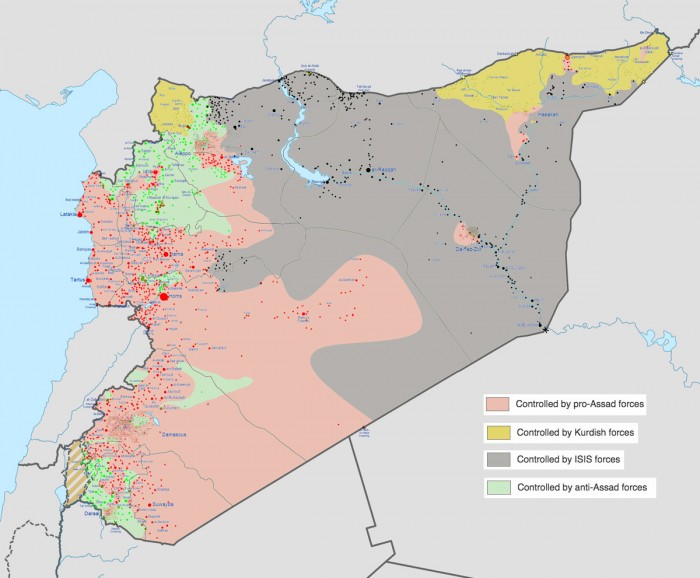
Hamdan says the ISIS threat is only a hurdle in the larger goal of ousting Assad, a cause he feels has been all but abandoned by American engagement.
“The regime is still fighting us, but everything is turning into Da’esh,” he said, using the group’s Arabic name. “The Americans now are bombing Da’esh and leaving the regime, so how do we benefit?”
ISIS doesn’t have a presence is southern areas like Dara’a. The fighter said he and other FSA rebels there have long disregarded the mostly-foreign militant group as neither a threat nor an ally.
While he’s returning to fight with the FSA, he has many friends who have opted to join the Nusra Front instead. These days in Dara’a, Hamdan said the two operate as one against Assad’s forces. So far, the U.S.-led bombing campaign has targeted both Nusra and ISIS positions, but Hamdan said he wouldn’t hesitate to fight alongside the al-Qaeda-affiliate.
“It’s as if someone is laughing at us. All the world is fighting the Syrian people.”
“I will go with my team, but if you fight with FSA or Nusra, it’s the same thing, one hand, all of them, against the regime,” he said. “So if the U.S. hits Nusra, the people will be angry, but if they hit Da’esh, we don’t care because they are not even Syrians.”
After three years of asking for U.S. intervention, Hamdan has little faith in the coalition airstrikes. Now, he said, rebel groups are heading off the fight with Assad, alone.
“If you want the truth, it’s as if someone is laughing at us,” he said. “All the world is fighting the Syrian people.”
While some took up arms like Hamdan, other activists have stayed true to peaceful spirit of the protest movements that first started in Dara’a back in 2011. In neighboring countries like Jordan, pockets of activists, journalists and Syrian army defectors are still piecing together a quiet resistance against Assad.
One of them is Milia Eidmouni, a journalist originally from Homs, who left Syria in 2012 for a job in Jordan’s capital Amman with an international aid group when work permits for Syrians were still easy to get.
She writes about refugee rights in Jordan and trains citizen journalists through the Syrian Female Journalist Network (SFJN), an organization she co-founded after leaving Damascus.
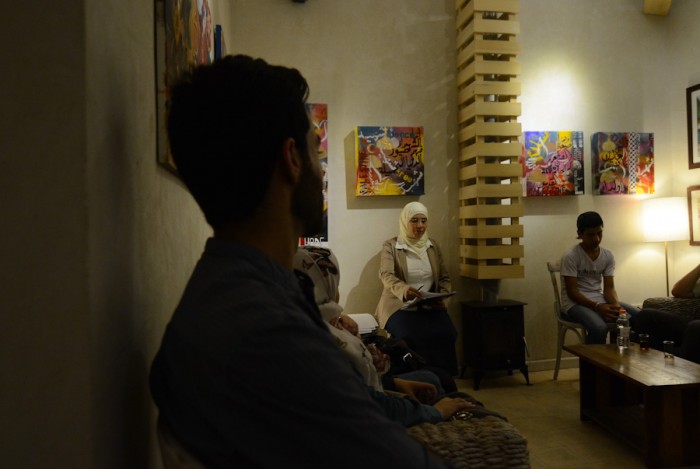
While Hamdan traded protest signs for armed rebellion long ago, 29-year-old Eidmouni chose a political path. Both believe the way forward still begins with removing Assad.
In an empty cafe in Amman, the soft-spoken activist sports a blonde crop and a row of tiny studs in her ears as she talks about the revolution’s early days.
She came to Jordan when her participation in street demonstrations and embassy sit-ins in Damascus landed her on the government’s radar. Her network was getting thinner and thinner as more friends were detained. By the end of 2012, she decided the only possibility to continue fighting Assad was from outside Syria.
As the war charges forward, Eidmouni hopes to transform the way Syrian women are involved in the political process through the SFJN.
“Usually, [Syrian women] have two roles: Either we are Syrian refugees and can’t do anything, or we live in the camps and only cook and take care of the kids,” she says. “We’re trying to change that image so that people believe women can be involved in the transitional process, in politics, and in the conflict’s solution.”
But as the war drags nearer to its fourth year and grows more brutal by the day, the nonviolent movement has been overshadowed by a hazy web of interests. While her vision for the revolution hasn’t shifted from where it began in 2011, Eidmouni admits things have become more complicated.
[td_text_with_title custom_title=”Life in Zaatari Refugee Camp”]
[/td_text_with_title][vc_column_text]
“I’m still supporting the revolution, this is not changing, but first we were fighting against the regime, now we’re fighting against the regime and the jihadists,” she says. “Because they’re trying to control our revolution, the peaceful one.”
Stephen Zunes, a professor of Politics and International Studies at the University of San Fransisco who specializes in nonviolent resistance movements, pinpoints two factors that made Assad stronger than other Arab spring leaders — a relatively large social base of support among minority sects, and a disorganized opposition movement in 2011.
“Statistics show, basically, with more armed engagements…there was a dramatic drop-off in both the number of demonstrations and the participation of people in them,” he said. “It really did hurt the movement from the very beginning.”
“Now we’re fighting against the regime and the jihadists.”
When street protests turned into armed rebellion, he says, nonviolent solutions slipped out of reach.
As ISIS militants sweep through Syria, Zunes says Assad’s government could look even more appealing.
“ISIS has definitely strengthened [Assad] big time,” Zunes said. “I’d say the majority of Syrians who if they had the choice between the nonviolent opposition in 2011 and the regime, they wouldn’t choose the regime, but between ISIS and Assad, I think most would obviously choose Assad.”
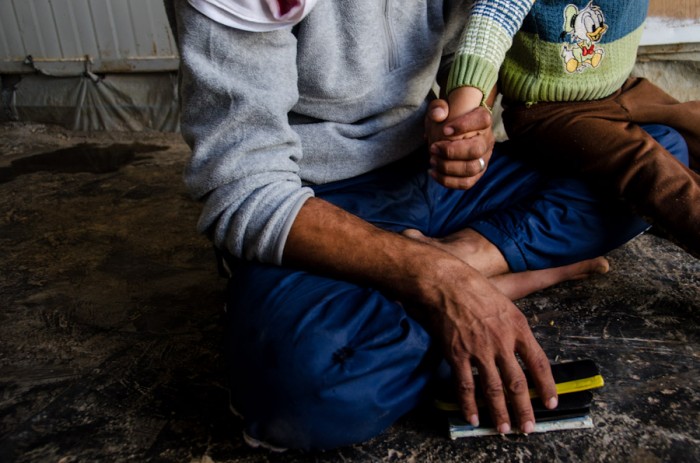
Eidmouni says political action in getting harder to spur in Jordan, too, with new restrictions on work permits and visas being imposed on Syrians as the kingdom’s resources dwindle to a refugee population that’s at least surpassed 620,000 — though unofficial figures place the number around 1.4 million.
In August, local activists planned a demonstration in front of the Syrian embassy in Amman, to commemorate the 2013 chemical attack in the Damascus suburb of Ghouta. Jordanian authorities prevented protesters from hanging banners, however, and many stayed away from the embassy for fear of arrest.
The Jordanian government joined the coalition of Arab nations in the U.S.-led airstrike campaign in Syria in September, marking one of its first definitive military steps there so far. But Jordan’s stance on Assad has been ambiguous throughout the conflict, making the peaceful movement lose momentum, Eidmouni said.
“There’s nothing here in Jordan you could call a movement,” she said. “During my last year here, if I met any Syrian they will say they’re planning to leave Jordan…because of all the new restrictions, it’s so hard right now. There’s just no space to do anything anymore…neither here nor there.”
Look out for part 3 of On the Borders of War, coming tomorrow.







